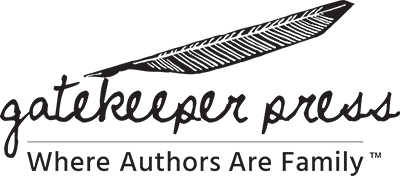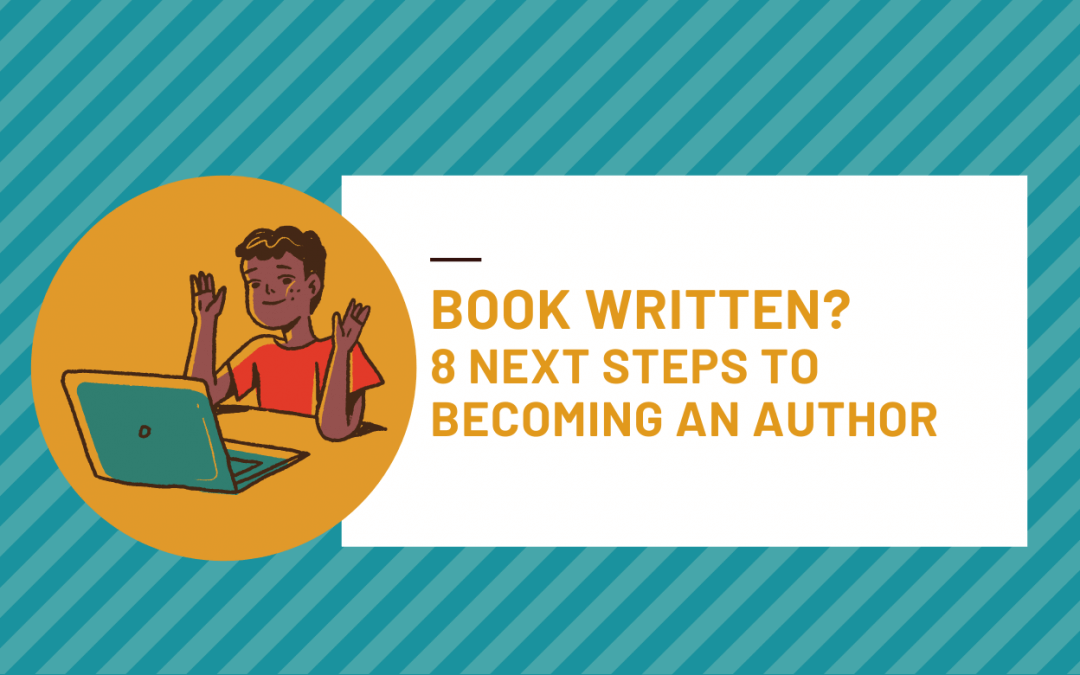Writing a book is no easy task! When you decide to become an author, it is truly more like a calling than a job. Writing can be a lonely, frustrating, and tedious process that requires tenacity and self-discipline. So why on earth would someone decide they want to become an author? While writing is all of the above, it is so much more.
Writing is like opening a spigot connected to your heart and soul. Out they flow — the words that describe what moves and motivates you. A vivid imagination needs an outlet, too, so fiction provides just such a platform for bringing all those characters and lively dialogue to life. Writing puts down on paper who and what you are inside. Thus, being a writer is definitely a calling.
And let’s not ignore the material goals of authorship. Aspiring writers dare to dream that their amazing manuscript will resonate and sell through in a big way. With a game plan and a lot of hard work and dedication, a book can provide a nice passive revenue stream. Create a series, and you can multiply those royalties for added financial success.
So, if you have decided you want to self-publish a book, and you have written a compelling draft, now it’s time to learn how to actually become an author.
Roadmap to Becoming an Author Once You Have a Brilliant Book Draft
Becoming an author is a process. It begins with the arduous work that goes into writing your draft. You write, edit, rewrite, and edit some more until you have something that your feel accurately represents your writing talent. Once your manuscript is written, what are the next steps?
1. Clean up the manuscript
As much as you might want to dump the manuscript in its raw form into the hands of an editor, it is best to take some time to tidy it up first. This will save you time and money in the long run. Go through each chapter and scope out any typos, syntax issues, redundant passages, awkward dialogue, and rambling tangents. Clip, refine, and correct these problems.
2. Find an editing service
It doesn’t matter if you aced your college composition class — you will need a fresh set of eyes to give your manuscript a once over. These professional editors see the flaws that escape our own subjective point of view. The editor will suggest improvements, such as reordering chapters, further developing a character or plot point, or deleting fruitless passages.
3. Design the cover
Unless you are a professional graphic designer, do not attempt to design your own book cover. The importance of a great cover design cannot be emphasized enough. Coming up with a stunning book cover involves many layers of design elements that coalesce into a visually balanced and captivating end result. Rely on the talents of a graphics pro to design your book cover.
4. Proofread and make final edits
The proofreader has the eye of an eagle, able to home in on any remaining typos that might still lurk. After the line editing is completed and the manuscript is perfected, it will be ready for the formatting step.
5. Format your manuscript
The book formatting step takes the Word document and magically transforms it into book form for publication. For a print-on-demand book, this will be a PDF, and for eBooks, it will be an ePub or MOBI. There are design decisions to be made at this stage, such as trim size, paper, fonts, graphics, and binding.
6. Write a book description
When you prepare to launch your self-published book or eBook, you will need to have a compelling book description at the ready. This will be used across the various publishing platforms to help sell your book to the consumer. Your book description should be tight (about 250 words) and include some keywords to help SEO.
7. Insert your metadata
While this is not the most exciting step, it is very important. The book metadata helps drive customers to your book via search engines. This is the additional information that describes the book; it’s title, genre, keywords, ISBN, author name, and more.
8. Publish your book
Finally, you are ready to upload all the files, hit “submit,” and publish your book. You can select certain platforms to distribute your book through, or you may want to use a service that will publish your book far and wide.
You have just become an author! But wait, there is more to becoming an author than just following these mechanics. To become an author that actually sells books, you must put in some real effort to help set your book apart from the competition. Therefore, you will want to learn how to become a successful author, not just an author. Continue reading to learn how best-selling authors have found success.
What Real Best-Selling Authors Have Done Differently
With literally millions of self-published books available on Amazon at any given time, you might wonder what exactly separates the wheat from the chaff. Becoming an author that earns a decent royalty income definitely takes some know-how. While true that a poorly written book is destined to fail, there are plenty of beautifully written books that are flops, too. What makes the difference?
Consider these tips by successful self-published authors:
- L.J. Ross. This author created a mash-up of two genres and found great success. She combined romantic suspense with crime fiction, gaining fans from followers of each of these genres. In addition, L.J. Ross understood the power of a strong cover design. She attributes her bold, dramatic covers as instrumental in drawing attention to her books.
- Rob Dircks. Although author Rob Dircks layed out five strategies for becoming a top seller in the science fiction space, he placed editing, spell-checking, and formatting at the top of the list. He shared about learning a hard lesson when he was criticized for editing errors in his first novel. Dircks states, “I don’t think all the marketing in the world will help a product that’s not ready to launch.”
- Kendall Harrison. As a bestselling cookbook author, Kendall Harrison attributes her book’s success to top-notch photography of the foods she features. She makes a big point about accessing the expertise of professionals to create a high-quality product. She goes on to recommend hiring a pro for editing and proofreading because “The market is competitive: you have to aim to be the best.”
Ready to Take Your Next Steps to Self-Publishing?
Now that you know how to become an author, a bestselling author at that, it’s time to put the pedal to the metal. Take to heart the advice of self-published bestsellers. But before you employ their helpful suggestions, first access the professionals who can make your self-published book the very best it can be. Contact Gatekeeper Press today for a full menu of editing and design services.

